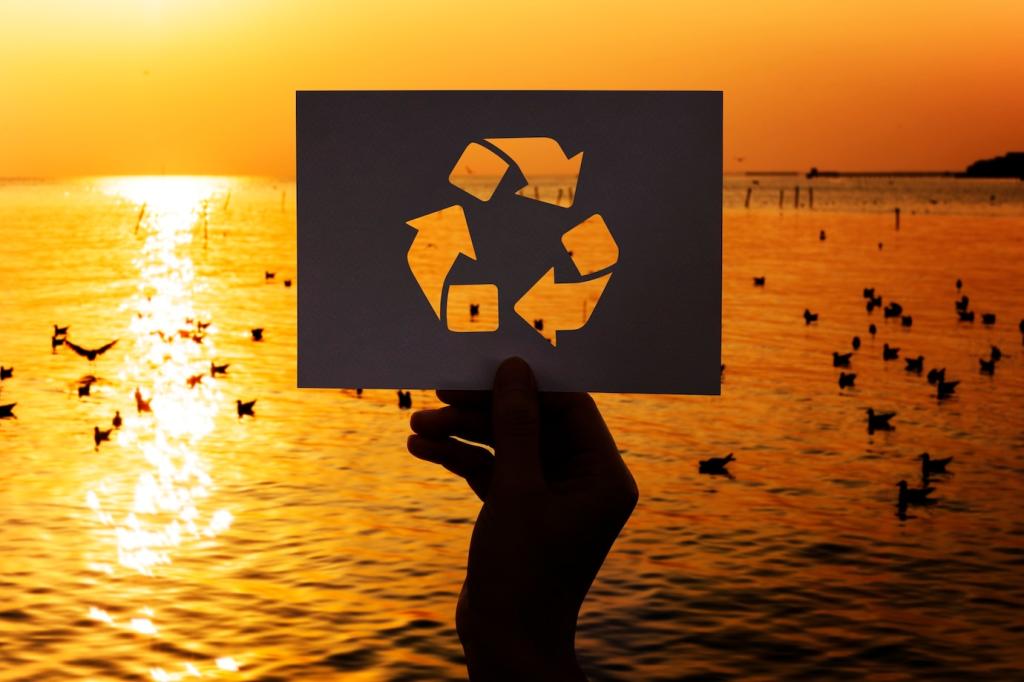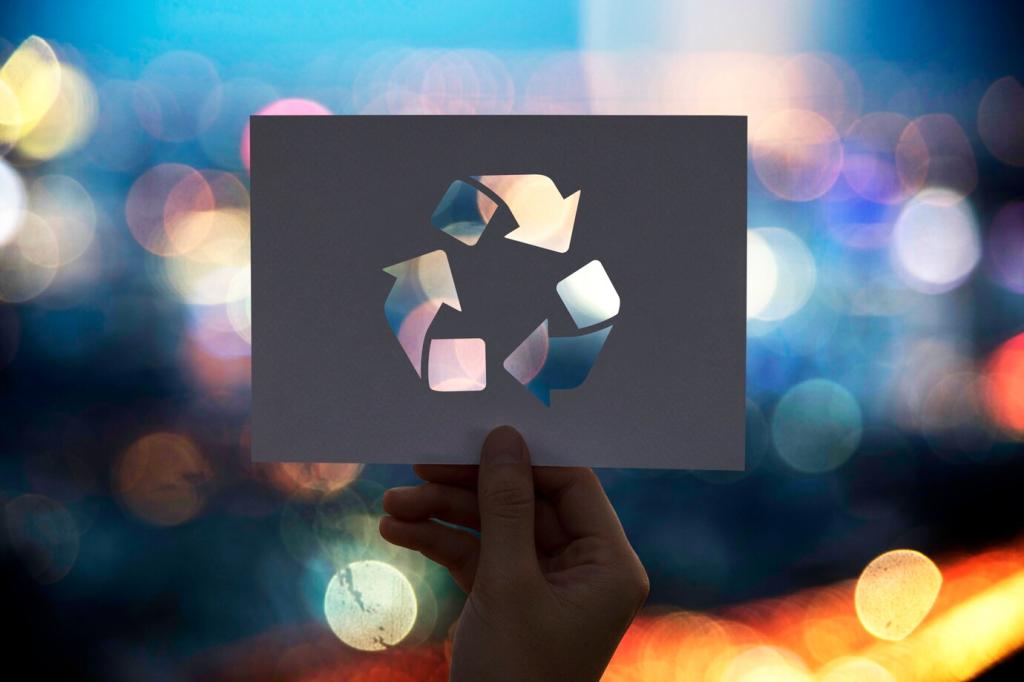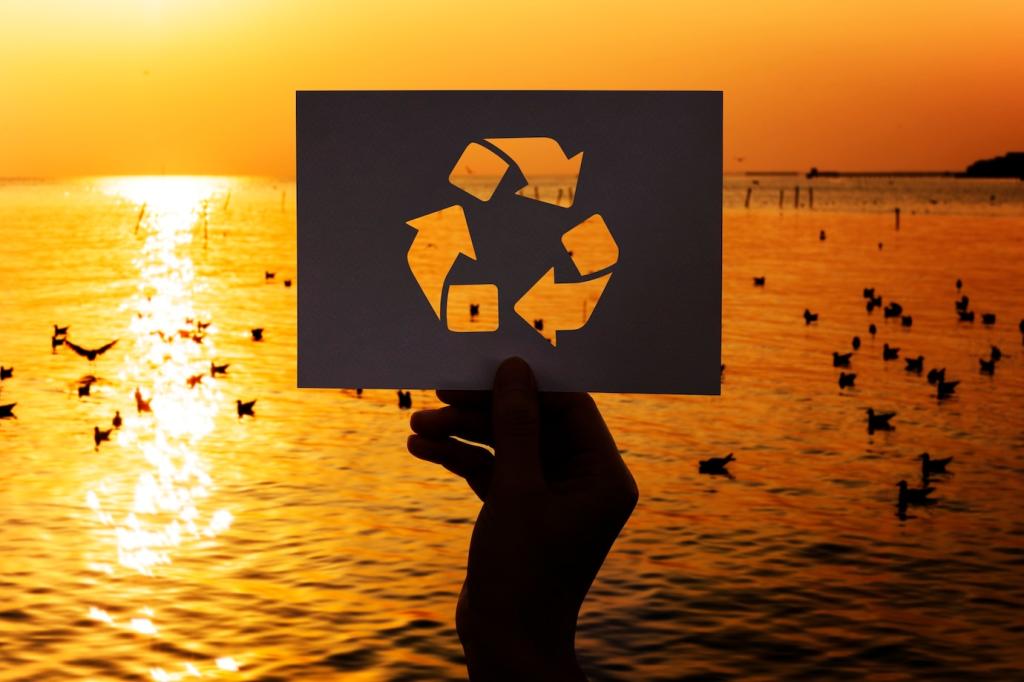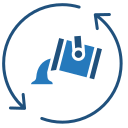Advanced Fabric Recycling Processes: Turning Textiles Into Tomorrow
Chosen theme: Advanced Fabric Recycling Processes. Step into the future of circular fashion, where chemistry, engineering, and design transform discarded textiles into premium fibers again. Explore real-world breakthroughs, human stories, and practical steps you can take. Join the conversation, subscribe for updates, and help accelerate a zero-waste textile world.
From Waste to Worth: The Landscape of Advanced Fabric Recycling
Mechanical Recycling, Evolved
Modern mechanical recycling does more than chop and card. With gentle fiber-opening, precision blending, and contamination control, it restores staple length and strength for premium yarns. Share your experiences with blended inputs; your insights help us refine best practices and guide future trials.

Precision Sorting and Pre-Processing
Near-infrared spectroscopy now classifies cotton, polyester, and common blends at conveyor speed, while AI vision flags trims and hardware. The result is higher purity bales, fewer reactor upsets, and consistent product specs. Have a tricky fabric? Share details, and we’ll explore spectral signatures together.


Precision Sorting and Pre-Processing
Grippers guided by machine vision remove zippers, buttons, and logos, preventing metal fines and color bleeding downstream. This reduces downtime in shredders and improves chemical bath stability. If you’re a brand, consider standardized trims—comment below to join our disassembly-ready design pilot.
Inside the Reactor: Chemistry That Closes Loops
Catalyzed transesterification converts PET from bottles and textiles into BHET monomers, ready for repolymerization. Advanced processes recover ethylene glycol, minimize side reactions, and maintain intrinsic viscosity. Have lab data or questions about impurities like titanium dioxide? Drop a note and we’ll compare findings.
Inside the Reactor: Chemistry That Closes Loops
Ionic liquids and amine-oxide systems dissolve cellulose without derivatization, enabling smooth regeneration into continuous filaments. Process control on water content and anti-solvent addition governs fiber strength. Interested in spinneret design for recycled pulp? Ask below, and we’ll share our favorite nozzle geometries.


Modular Reactor Trains
Skid-mounted modules enable rapid capacity additions and maintenance without halting production. Parallel reactor trains also allow tailored conditions for different feedstocks. Considering a modular retrofit? Comment with your throughput goals, and we’ll suggest staging strategies that minimize capex shocks.
Heat Integration and Resource Recovery
Pinch analysis, heat exchangers, and closed-loop solvent recovery cut energy bills and emissions. Plants now recover 80–95% of key solvents, lowering operating costs. Want our sample heat-map of a glycolysis line? Subscribe and we’ll send the annotated case with verified utility savings.
In-Line Quality Control
Raman probes, turbidity meters, and viscosity sensors monitor reactions in real time, preventing off-spec products and reducing rework. Coupled with statistical process control, yields become predictably high. Tell us which KPIs you track; we’ll share a configurator for your material mix.
Traceability and Standards
01
Embedding fiber content, dye history, and care instructions in scannable tags allows precise sorting and tailored recycling. Passports also power take-back incentives. Would your customers scan and return? Share your engagement ideas, and we’ll feature the most creative approaches.
02
Robust documentation and third-party audits substantiate recycled-content claims and prevent double counting. Mass-balance models help when blends are inevitable. If certifications feel confusing, comment with your region and we’ll outline the clearest pathways to compliance.
03
Secure, privacy-conscious platforms let mills share fiber composition and contaminant data, boosting yields for everyone. Shared insights turn tricky blends into predictable inputs. Join our newsletter to receive a template for industry data-sharing agreements that respect confidentiality.
Designing for Advanced Recycling
Choosing single fibers or chemistry-compatible blends simplifies both mechanical and chemical routes. It means cleaner depolymerization, stronger regenerated yarns, and fewer surprises in QA. Tell us your hero fabric, and we’ll suggest a recycling pathway with realistic performance targets.
Stories from the Circular Frontline
A Denim Mill Closes the Loop
A family-run mill piloted enzyme-assisted pre-processing for post-consumer jeans, then blended regenerated cellulose with recycled PET. The first run sold out locally in days. Their lesson: start small, publish results, and invite feedback early. Comment if you want their open-source SOPs.


Hospitals to High-Performance Wipes
Retired cotton linens from a regional hospital network became sterile, high-absorbency wipes via mechanical and solvent cleaning steps. Infection control officers co-wrote protocols, earning trust. Have institutional textiles to divert? Share volumes and fiber content; we’ll map feasible routes.
Policy, Markets, and What’s Next
Extended Producer Responsibility (EPR)
EPR schemes with eco-modulated fees reward design for recyclability and fund collection infrastructure. Clear targets unlock financing for plants. If your region is drafting EPR laws, comment below—we’ll compile community feedback into an open letter advocating science-based thresholds.
Recycled-Content Targets with Teeth
Binding recycled-content requirements create stable demand for monomers and fibers, anchoring business cases for new facilities. Long-term offtake contracts follow. Interested in a buyer’s club for advanced-recycled inputs? Subscribe to join the founding cohort and shape specifications.
Frontiers: Blends, Elastane, and Beyond
New solvent systems, selective catalysts, and thermal-mechanical hybrids are tackling cotton–poly blends and elastane contamination. Pilot lines are promising but need feedstock partnerships. Have tricky stock? Reach out in the comments; collaboration accelerates breakthroughs we all benefit from.

